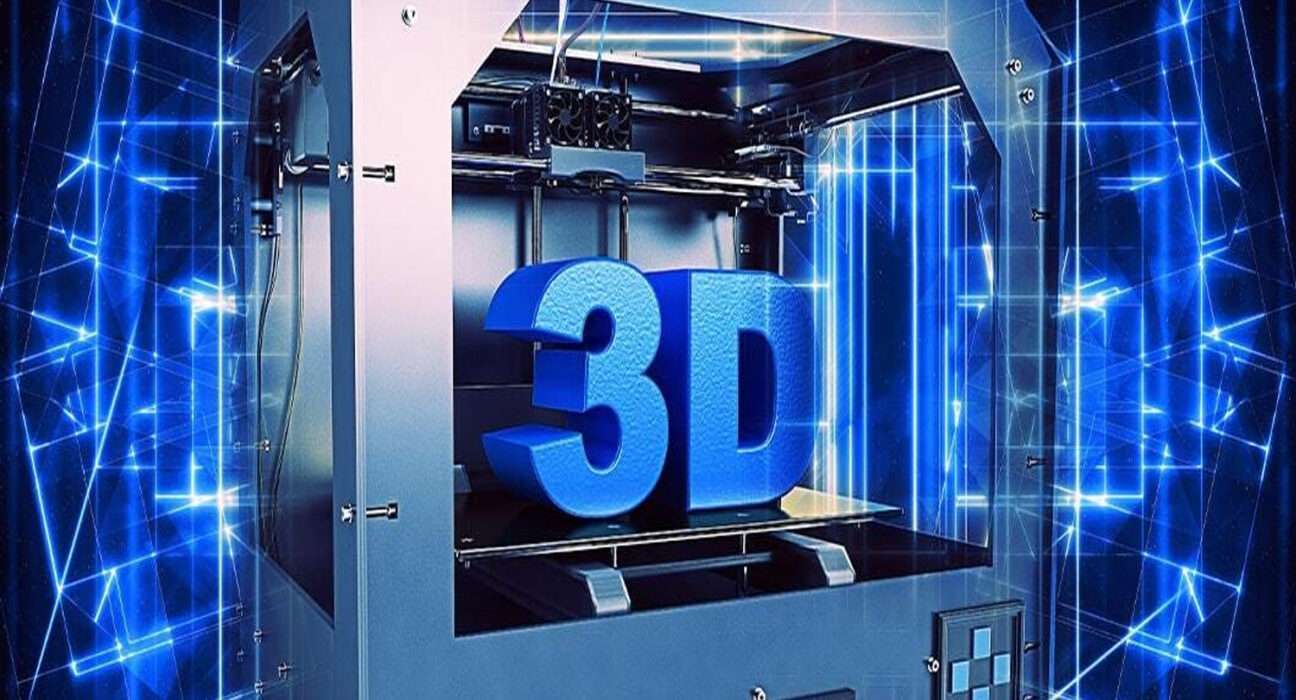How is 3D printing revolutionizing the creation of bespoke luxury jewelry in Dubai?

3D printing, also known as additive manufacturing, has emerged as a transformative technology across various industries, including the luxury goods sector. In Dubai, a city synonymous with opulence and innovation, 3D printing is revolutionizing the creation of bespoke luxury jewelry.
This technology offers unprecedented design freedom, precision, and efficiency, enabling jewelry designers and manufacturers to push the boundaries of creativity and craftsmanship. In this comprehensive exploration, we delve into the various ways in which 3D printing is reshaping the landscape of bespoke luxury jewelry in Dubai.
Design Freedom and Creativity
One of the most significant advantages of 3D printing in the creation of bespoke luxury jewelry is the unparalleled design freedom it offers. Traditional manufacturing methods often impose limitations on design complexity and intricacy due to the constraints of molding and casting processes.
However, 3D printing Dubai allows designers to unleash their creativity without restrictions. Complex geometries, intricate patterns, and delicate details that were once challenging or impossible to achieve can now be realized with precision and ease using advanced 3D printing technologies.
Customization and Personalization
In Dubai’s luxury jewelry market, customization and personalization are highly valued by discerning clientele seeking unique and meaningful pieces. 3D printing facilitates the realization of personalized jewelry designs tailored to individual preferences and requirements.
Through digital design software, customers can collaborate with designers to co-create bespoke pieces that reflect their personal style, cultural heritage, or significant milestones. This level of customization enhances the emotional connection between the wearer and the jewelry, elevating its value beyond mere aesthetics.
Precision and Accuracy
The intricate nature of luxury jewelry demands exceptional precision and accuracy in manufacturing. 3D printing technologies, such as Direct Metal Laser Sintering (DMLS) and Stereolithography (SLA), excel in producing highly detailed components with micron-level accuracy.
This level of precision ensures that every facet, curve, and contour of the jewelry piece is faithfully reproduced according to the designer’s specifications. As a result, customers can expect flawless craftsmanship and impeccable quality in their bespoke jewelry creations.
Efficiency and Time-to-Market
Traditional jewelry manufacturing processes often involve multiple time-consuming steps, including wax modeling, casting, and finishing, which can prolong the production timeline. In contrast, 3D printing streamlines the entire manufacturing process, reducing lead times significantly.
With rapid prototyping capabilities, designers can iterate designs more swiftly, enabling faster concept validation and refinement. This efficiency not only accelerates time-to-market but also allows jewelry brands to respond promptly to changing trends and customer demands.
Material Innovation and Versatility
Another key advantage of 3D printing in luxury jewelry production is the continuous innovation in materials. While traditional jewelry-making relies heavily on precious metals such as gold, silver, and platinum, 3D printing opens up a world of possibilities with a wide range of materials, including precious metals, polymers, ceramics, and even bio-compatible resins.
These materials offer unique properties such as lightweightness, durability, and biocompatibility, expanding the design possibilities and catering to diverse aesthetic preferences and functional requirements.
Sustainability and Waste Reduction
In an era where sustainability is increasingly prioritized, 3D printing presents itself as a more environmentally friendly alternative to traditional manufacturing methods. Unlike subtractive processes that generate significant waste from machining and material removal, 3D printing is an additive process that minimizes material wastage by building up structures layer by layer.
Moreover, the ability to recycle and reuse excess powder or support materials further reduces the environmental footprint of 3D printing in jewelry production.
Collaboration and Cross-disciplinary Innovation
The adoption of 3D printing in luxury jewelry has fostered collaboration and cross-disciplinary innovation within Dubai’s design ecosystem. Jewelry designers, engineers, materials scientists, and technologists come together to explore new design paradigms, experiment with novel materials, and push the boundaries of traditional craftsmanship.
This collaborative approach not only drives technological advancements but also nurtures a culture of creativity, exploration, and knowledge exchange within the industry.
Customer Experience and Engagement
Beyond the physical product, 3D printing enhances the overall customer experience and engagement in the luxury jewelry sector.
Through virtual reality (VR) and augmented reality (AR) technologies, customers can immerse themselves in interactive design experiences, visualizing and customizing their jewelry pieces in real-time. This interactive and personalized approach enhances customer satisfaction, fosters brand loyalty, and strengthens the emotional connection between customers and their bespoke jewelry creations.
Challenges and Future Outlook
While 3D printing holds immense potential for revolutionizing the creation of bespoke luxury jewelry in Dubai, several challenges remain to be addressed. These include the cost of high-quality 3D printing equipment and materials, the need for specialized expertise in digital design and additive manufacturing, and the requirement for stringent quality control measures to ensure the integrity of finished jewelry pieces.
However, with ongoing advancements in technology, materials, and processes, these challenges are gradually being overcome, paving the way for a future where 3D printing plays a central role in the luxury jewelry industry.
Conclusion
In conclusion, 3D printing is reshaping the landscape of bespoke luxury jewelry in Dubai by offering unparalleled design freedom, customization, precision, and efficiency. As technology continues to evolve and adoption rates rise, we can expect to see further innovations in materials, processes, and customer experiences, driving the continued growth and evolution of Dubai’s luxury jewelry sector.
With its unique blend of tradition, innovation, and creativity, Dubai is poised to remain at the forefront of the 3D printing revolution in luxury goods for years to come.











